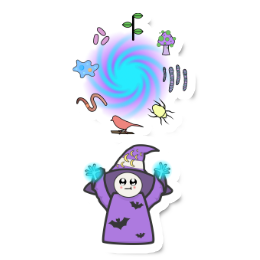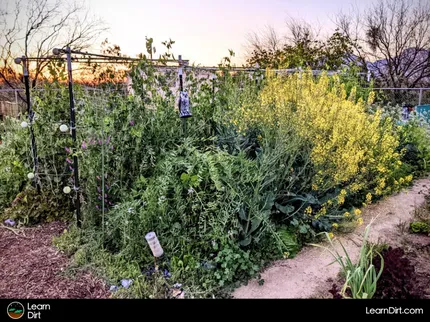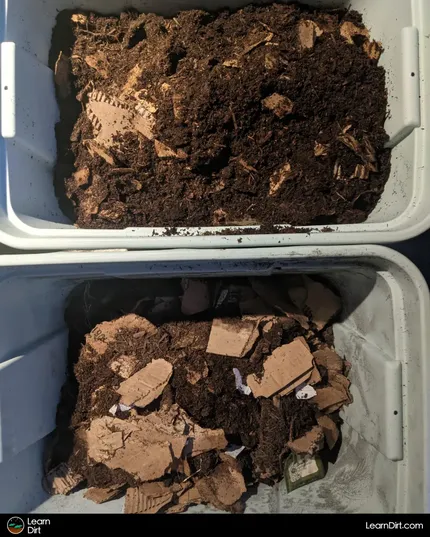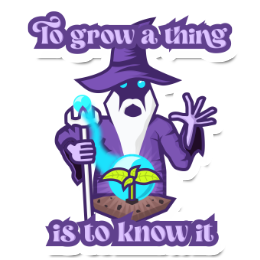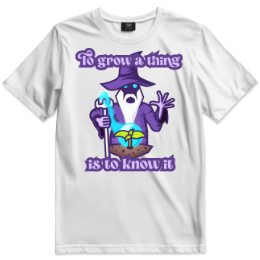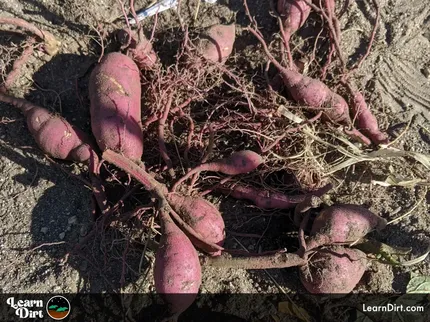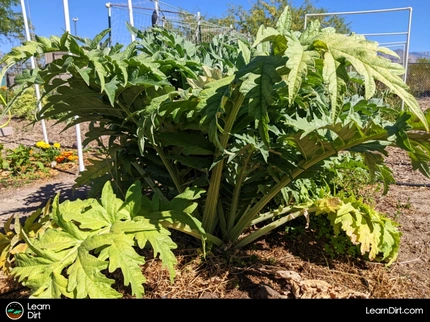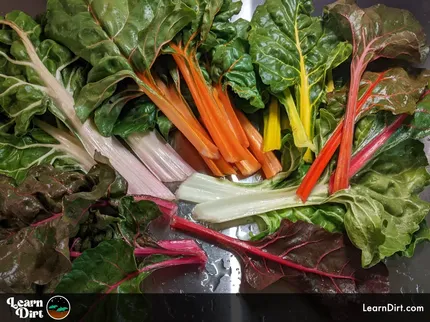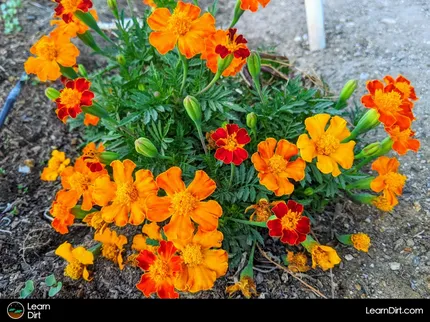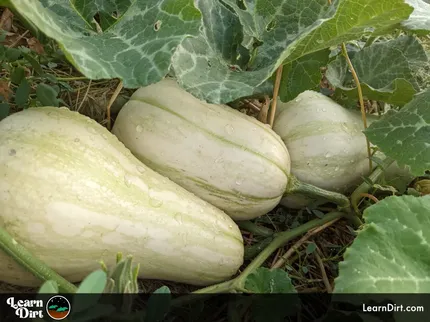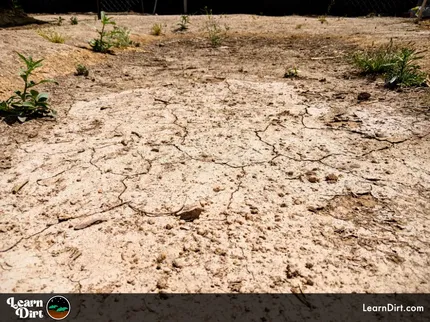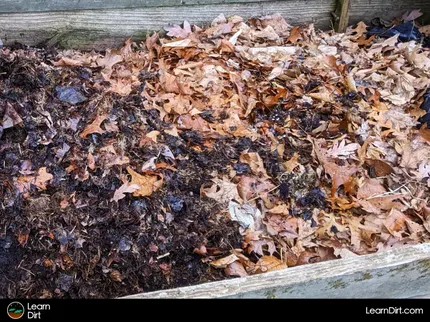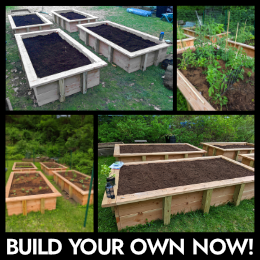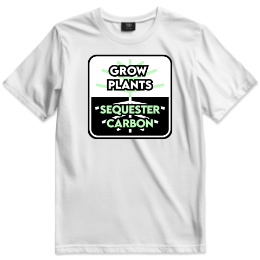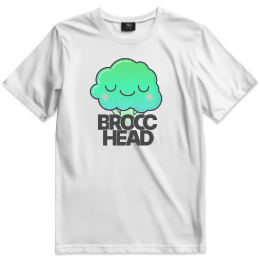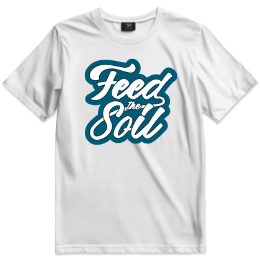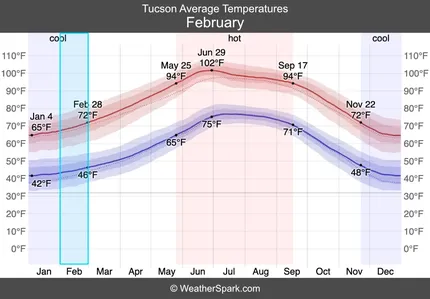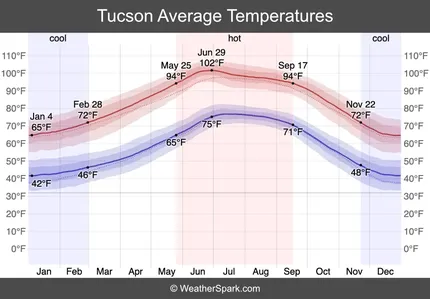Table of Contents
- What Is Alkaline Soil?
- Identification & Testing
- What Plants Like Alkaline Soil?
- Are You Watering With Alkaline Water?
- How To Fix Alkaline Soil
- Buffering Soil Alkalinity
- Related Issues
* Our articles never contain AI-generated slop *
We're looking at what alkaline soil is, how to identify it, work with it, and how to fix it if you've got soil that's a bit too basic.
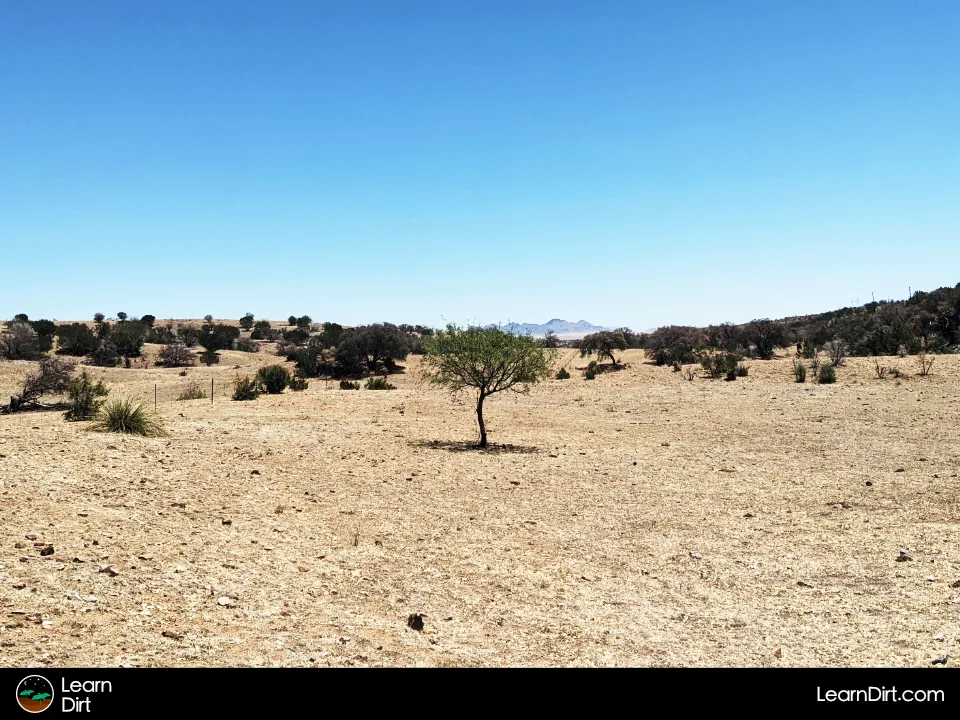
What Is Alkaline Soil?
Objectively speaking, alkaline soil is any soil with a pH above 7.0.
Relatively speaking, alkaline soil is any soil with a pH higher than your desired pH for growing the type of plants you want to grow.
Disclaimer: This post may contain affiliate links. Refer to the privacy policy for more information.
Alkaline vs. Acidic Soil
Alkaline soil, also know as "sweet soil" is the conterpart to acidic soil, colloquially called "sour soil".
Most veggies that you might grow in your garden prefer a pH in or around the 6.0 - 7.0 range.
Recall that 7.0 is neutral, and below that is acidic "sour soil" - so most plants you choose to cultivate in your garden liku it just a little acidic.
If you've got alkaline soil, this means your plants might need a liitle help - or you might have to choose different plants to grow which are more tolerant of the alkalinity.
Causes
Now we know what alkaline soil is, but what causes it in the first place?
Here are some of the conditions that lend themselves to soil developing alkalinity over time:
Join The Grower's Community
Find your people.
Your voice matters here.
🌱
Check It Out!
Calcium-Rich Bedrock
If the bedrock in your region is rich in calcium, as is the case with limestone or dolomite, it will have weathered into the soil over eons and will turn soil alkaline.
Arid Climate
The low rainfall in arid climates means that less alkaline ions like calcium, magnesium, and sodium are leached away from the soil than it wetter climates.
These accumulate near the surface where plant roots grow, creating alkaline soil environments which fewer plants are adapted for.

They tolerate the alkalinity, salt, compaction, low organic matter, lack of rainfall, relentless sun, and flash floods.
Your veggie garden won't display that level of resilience, so if your garden soil is very alkaline you'll want to work to lower the pH for the sake of your plants.
Issues
When soil is too alkaline for the plants you want to grow, nutrient lockout can rapidly become a problem.
Nutrients which are present in the soil can become insoluble or inaccessible (locked out) so your plants can't get enough of what they need.
Boron, Copper, Iron, Manganese, Phosphorus, and Zinc absorption all become reduced or cease enirely when the pH is too high.
The pH scale is logarithmic, not linear. a pH of 8.0 is 10 times more alkaline than 7.0. A pH of 9.0 is 100 times more alkaline than 7.0! Small deviations in soil pH can have a huge affect on plants.
Identification & Testing
Let's go over how to identif and test your soil to find out if it's alkaline, acidic, or neutral.
Characteristics
While the best way to gauge your soil alkalinity is by doing a pH test (covered below), there are a few soil characteristics that can be dead giveaways that you're likely dealing with alkaline soil:
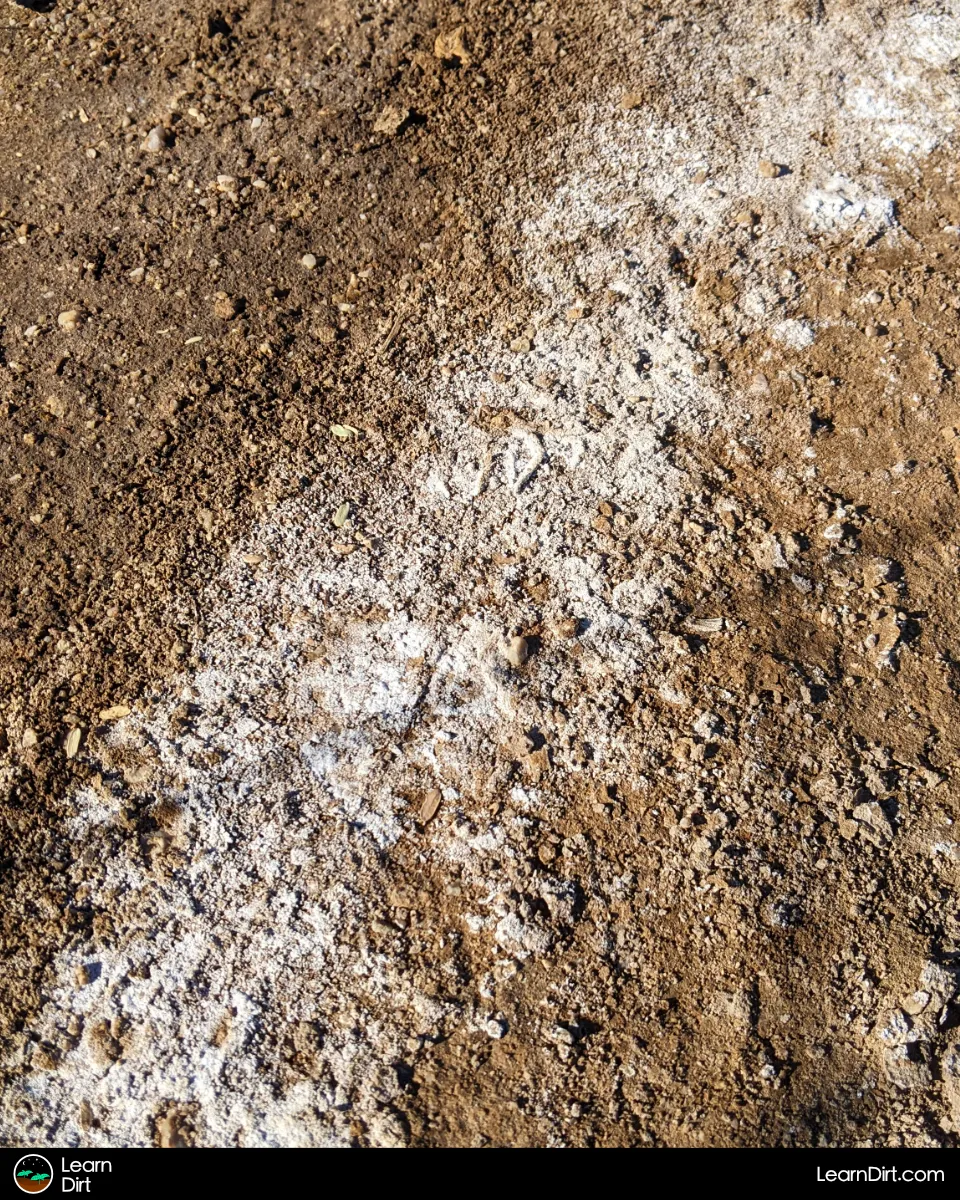
Testing Soil pH
The basics of soil pH testing are easy:
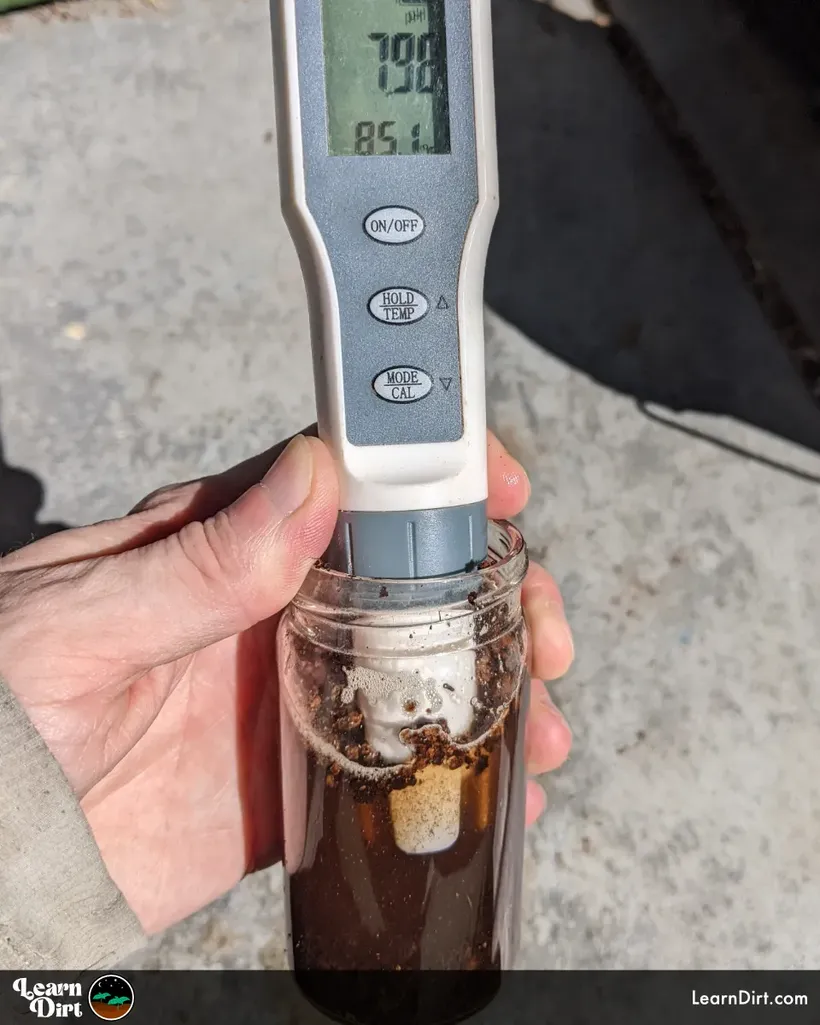
To learn more about the specifics, check out our Guide to Soil pH.
Alkaline Soil pH
If your soil pH is above a 7.0, congratulations! You've got ye'rself soma alkaline soil. You'll likely want to work to decrease the pH over time.
This is common where I live in the Sonoran Desert in Southern Arizona. Our soil is often at a pH of 8.0, 8.5, or occasionally even higher.
Before starting a new garden bed recently, I tested the native soil at a whopping 9.25 pH!
Native desert plants grow fine in these highly alkaline soils, but most vegetables and herbs that you would want to grow for food prefer much lower pH levels - closer to the 6.0 - 7.5 range.
What Plants Like Alkaline Soil?
One thing to consider before you jump into endeavoring to reduce the alkalinity of your soil is whether you can use it to your advantage.
For any soil pH there are usually plants which are uniquely adapted to thrive in it.
Ask yourself whether there may be plants you'd want to grow which would love your alkaline soil. It's much easier to work around your soil than to change it.
Let's look at some common plants which tolerate alkaline soils and are worth your consideration:
Plants That Tolerate Mild Alkalinity (pH 7.0 - 8.0)
Lots of plants will tolerate mild alkalinity, though you may experience a degree of nutrient deficiency for some, as alkaline soils lock out nutrients.
Dig Cool Merch?
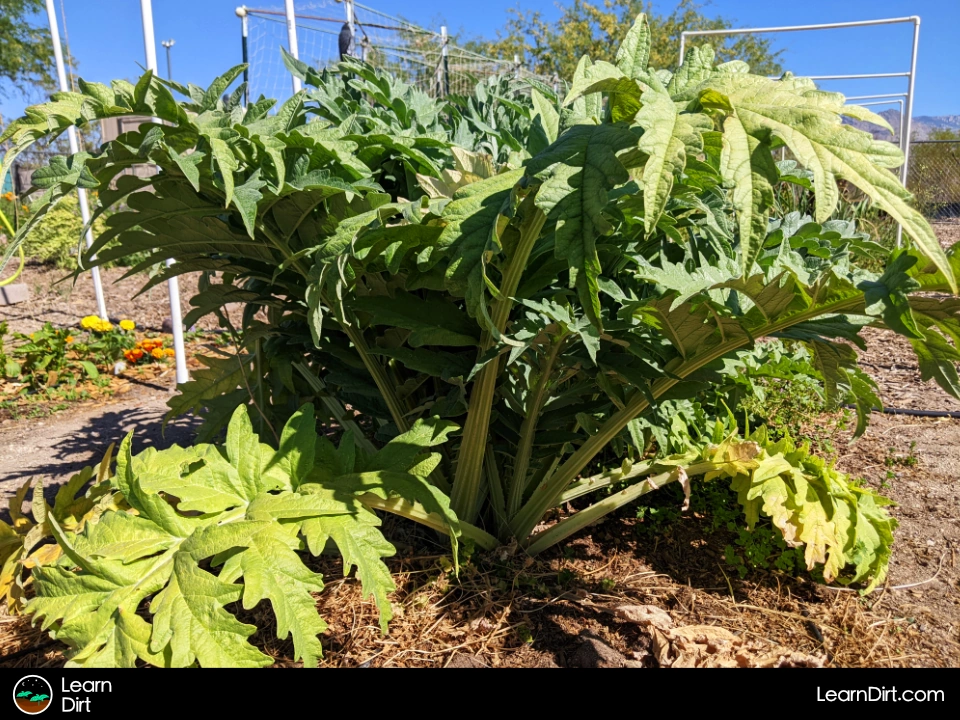
Lower older leaves turned yellow (due to nitrogen deficiency) and resorbed their limited nitrogen to prioritize new growth.
The alkaline soil may have reduced the ability of microbes to break down organic nitrogen compounds and convert them to the forms that the artichoke could use.
Adding more organic matter to the soil would solve all issues - increasing total nitrogen, dropping the pH, and increasing microbial nitrogen mineralization.
Vegetables:
- Artichoke
- Asparagus
- Beets
- Broccoli
- Brussel Sprouts
- Cabbage
- Cauliflower
- Garlic
- Kale
- Peas
- Spinach
- Swiss Chard
- Turnip
Herbs:
Fruits:
Flowers:
- Bachelor Button
- Daylily
- Lavender
- Lilacs
- Marigolds
- Peony
- Russian Sage
- Shasta Daisy
- Sunflower
- Tidy Tips
- Yarrow
- Zinnia
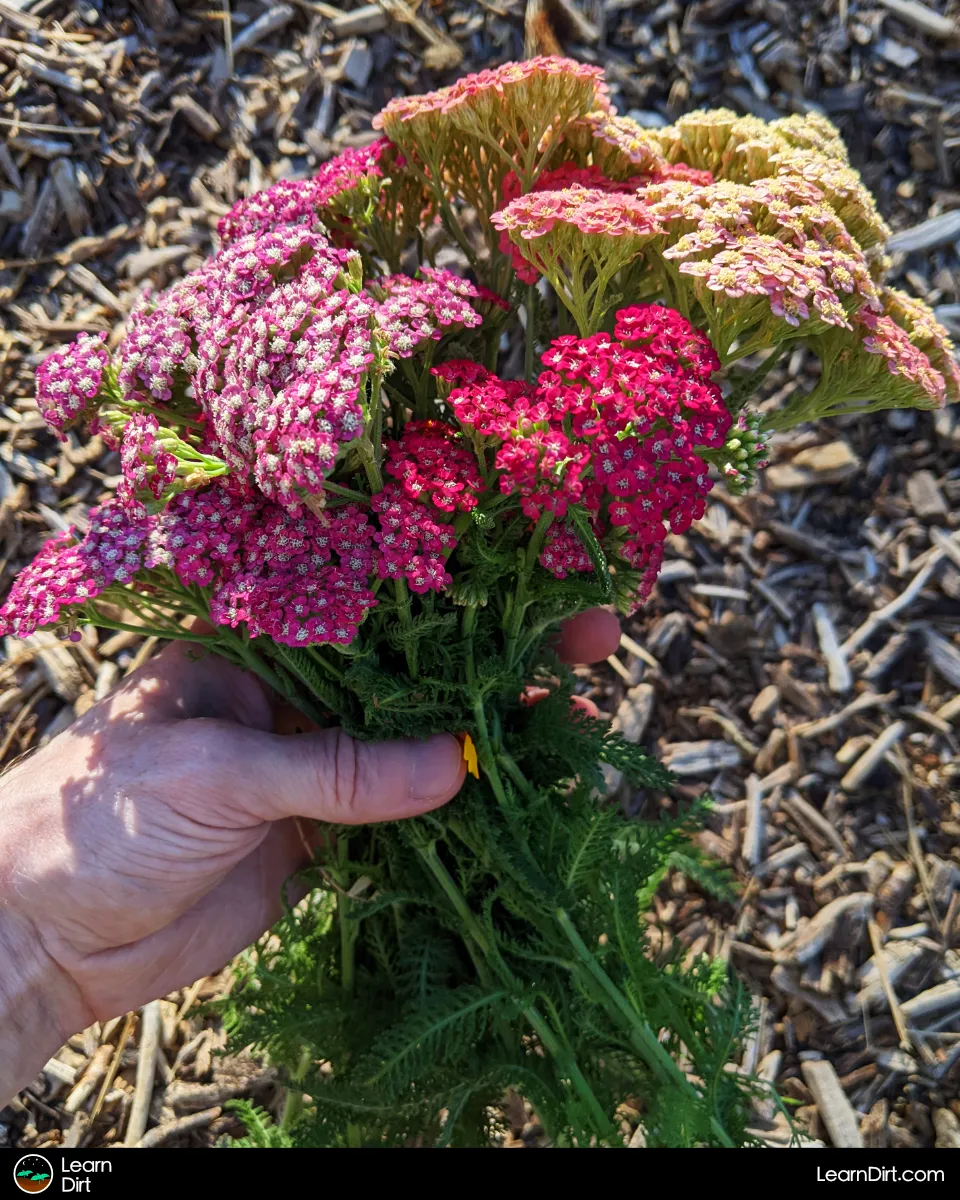
Grains:
Plants That Tolerate Strong Alkalinity (pH 8.0 - 9.0)
This is not a good range for garden soil to be in. While the plants on this list may tolerate it, they'll likely experience varying degrees of nutrient issues.
If your soil is this alkaline, consider native plants and expect mixed results from the following plants.
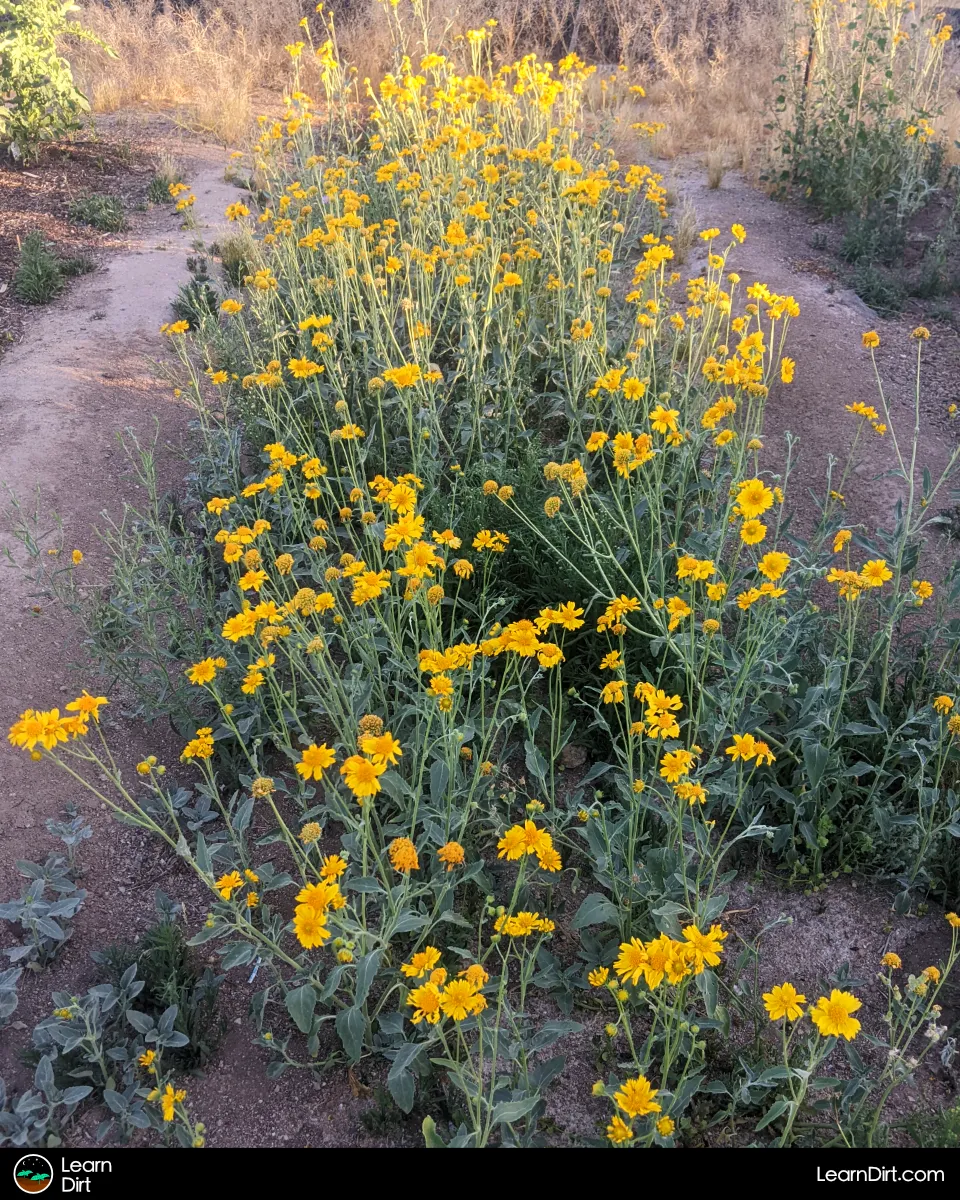
It's native to much of the Desert Soutwest here in the US, as well as in parts of Northern Mexico.
This patch is a pollinator's paradise, and good carbon to chop and drop after the blooms fade.
Strongly consider working to drop the pH over time, but you may find success in leaning on the following plants in the interim while the pH drops.
Vegetables:
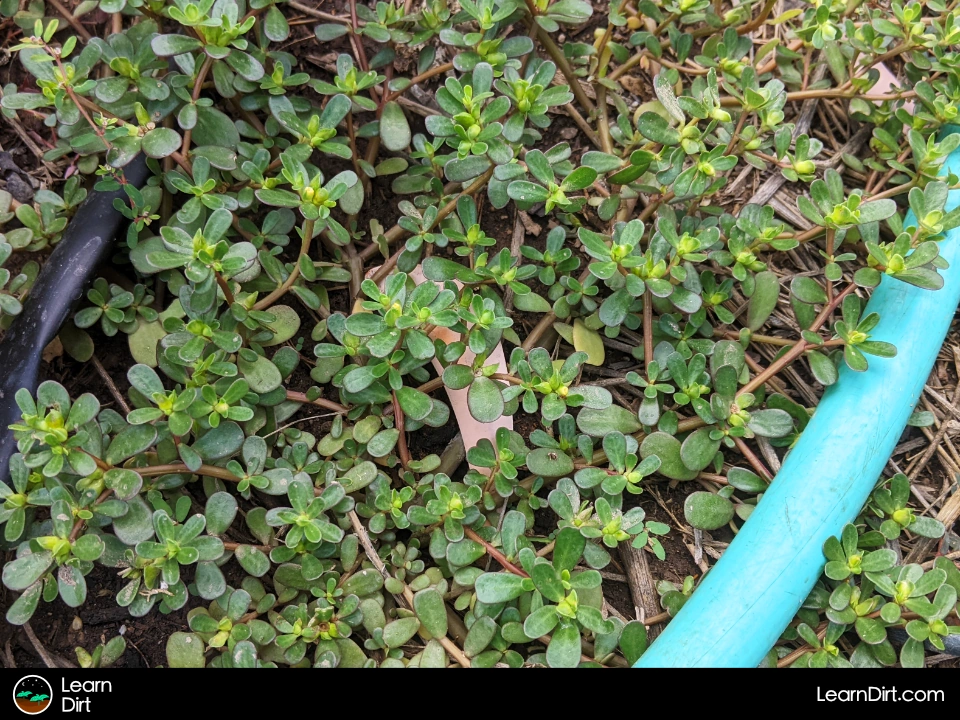
It's a champion in desert gardens, yielding tangy leaves and stems when most plants give up in the summer heat.
Herbs:
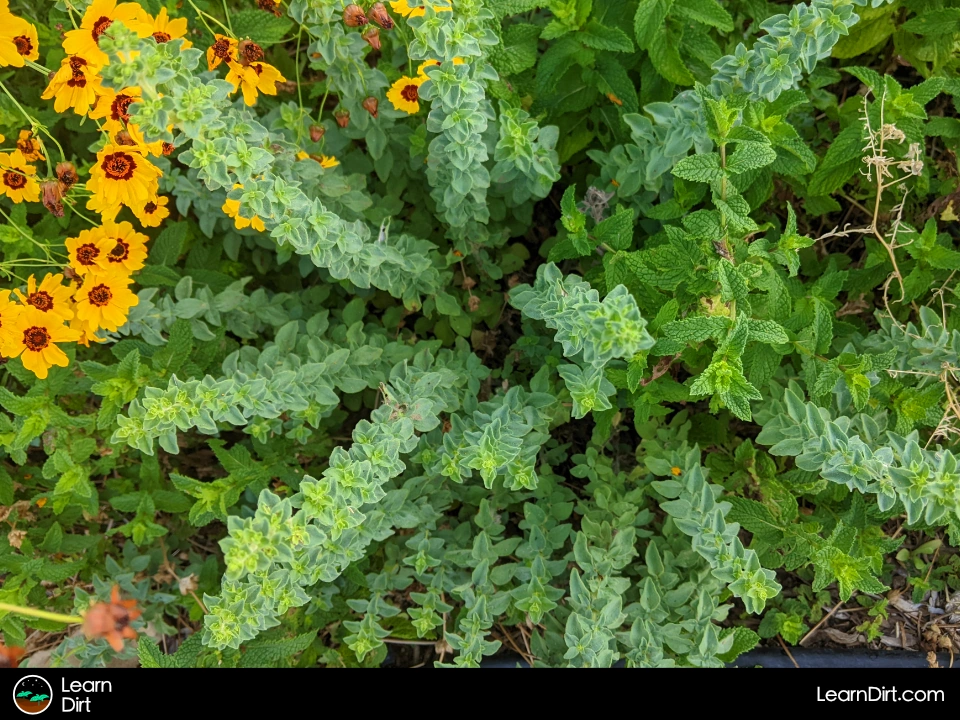
Fruits:
Flowers:
- California Poppy
- Coreopsis
- Cowpen Daisy
- Gazania
- Lavender
- Yarrow
Always make sure you check if any plants are invasive in your region before adding them to your garden. For instance, Gazania is invasive in California as well as in parts of Australia.
Grains:
Are You Watering With Alkaline Water?
My tap water in Southern Arizona is often very alkaline - the drip lines in my local community garden tested above an 8.5 pH.

Remember that if your water is alkaline you'll need to overcompensate when you acidify your soil.
It's worth noting that most city water tends to drift in pH over time, so re-testing every few months is necessary if you intent to adjust the water.
That means that even once you get your soil to the proper acidity level, your water may be constantly pulling your pH back up to the alkaline side.
To counteract this, you'll need to do a lot to find and maintain the proper pH level for your alkaline soil.
With reservoir-based irrigation systems, you have the luxury of being able to pH your water before it reaches your plants. In this case you can add white vinegar to your water to correct the pH, therefore avoiding the issue of your soil constantly becoming alkaline again.
Unfortunately this is not an option for irrigation systems without reservoirs, and both city and well water are likely to be affected by the alkaline soils before being pumped up above ground. If you harvest rainwater, however, that should have the more neutral pH which won't pull your soil alkalinity up.
How To Fix Alkaline Soil
It's important to keep in mind that soil pH is changed slowly over time, and is very difficult to adjust rapidly.
Therefore, it's prudent to begin adjusting your soil pH at least 6 months prior to planting if you have the time. It can often take years to acidify soil, so bear that in mind when prepping your soil.

In Southern Arizona with our extremely alkaline soil, a common approach is to apply elemental sulfur to garden beds every 6 months until the microbiome has stabilized and can regulate its own pH.
Best Fertilizer for Alkaline Soil
The best way I've identified of adjusting your soil over time is with Elemental Sulfur.
Understand, though, that elemental sulfur can take months or years as it breaks down to acidify your soil.
Organics are often slow - but completely worth it. Get ahead of things and be patient with slow-working organic acidifiers and amendments.
Note - I do not recommend ammonium sulfate nor ammonium phosphate, neither of which are rated for organic gardens. It's Important to understand that these ammonium forms of nitrogen can seep into groundwater and contaminate it. This is especially true if applied to unplanted soil, or prior to a rainy season.
Alkaline Soil Treatment
While elemental sulfur can be applied in the fall to prepare for a spring planting, it's often inadvisable to apply the ammonium forms of nitrogen to fallow soil before winter rains.
Over time, this will correct with repeated applications and patience.
I've heard from my local gardeners here that they're having good success applying 5 lbs elemental sulfur in 60 ft² beds, every 6 months.
The best approach to applying elemental sulfur is to mix it into your soil, however this may not be an option for established shrubs, trees, or living soil beds where no-till is being practiced.
In these cases, it's okay to apply it to the soil surface, watering them in and allowing them to sink down over time as they are broken down by bacteria.
One thing to note with surface applications is that the top couple inches of soil will acidify first, and you may still notice signs of pH issues on parts of your plants where the roots are deeper than that.
Buffering Soil Alkalinity
Ultimately, nothing will buffer your soil pH better than building high quality soil over time.
A thriving microbiome will regulate your soil pH and greatly reduce to pH lockout affects of alkaline soil.

Related Issues
Alkaline soil doesn't usually show up to the party alone - it often brings its friends, soil salinity and soil compaction.
These are tangential topics that we won't fully cover here, but there's some information below and links on both if you're also dealing with either of theso issues and would like to learn more.
Saline Soil
Alkaline soils often also come with salinity issues, especially in arid environments. This salinity stems from high rates of evaporation which leaves behind salt accumulations in the soil.
If you're also dealing with saline soils, is a great amendment to utilize. Also known as calcium sulfate, gypsum has a natural affinity for displacing sodium through the interaction between sulfate ions and the sodium present in the soil.
In the Sonoran desert where I grow, gardeners generally apply both elemental sulfur and gypsum to their soil each year to help bring it within reasonable bounds for growing veggies.
After realizing that gypsum contains sulfur (calcium sulfate dihydrate), one may assume that the need for elemental sulfur in acidifying alkaline soils might be reduced if gypsum is applied for salinity and soil structure improvement.
Unfortunately this is not the case, as the sulfur in gypsum is already oxidized in a stable state. Therefore it does not go through the same bacterial weathering process as elemental sulfur does and does not produce sulfuric acid over time to acidify soil in the same way as applying elemental sulfur.
If you're applying gypsum for soil salinity, be sure to also apply elemental sulfur if you're dealing with alkalinity as well and don't assume that the sulfur in the gypsum will perform the same function.
Compacted Soil
Check out our article on cover crops for dealing with compacted soil
That's all for now, thanks for reading!
If you have any questions, comments, or would like to connect with fellow gardeners, head on over to the forum and post there.

![Don't Till Away Your Carbon [Taffy]](/media/product_images/dont-till-away-your-carbon-[taffy]_shirt_260x260.png)

